Background: In doing some experimenting with low-voltage home lighting, I have an application that requires a resistor (or else LED lights become damaged) and I have also, through trial-and-error, discovered the correct resistance to use in this application.
Everything works - except - the single resistor I am using is overheating.
I know how to use a multimeter, so I can measure the resistances involved, but I bought these resistors in bulk, so I have no idea of the specific stats of what power level they are rated for, etc.
I have some very basic-level understanding of electronics, and a theory on how to avoid this problem so that I can use my setup safely.
Question: Would it be a viable strategy to replace my single resistor with multiple resistors connected in series, where the sum of the resistances add up to the value of the original resistor?
If I am understanding this correctly, even though the current (which in my head I imagine as number of electrons per second) flowing would be the same, the fact that there is a lower "voltage drop" across each individual resistor would reduce the power dissipation across each resistor, and result in less heat being produced?
Thanks for your answers and I will be happy make edits to my question to put it in the form where it can be more helpful to others in the future.
